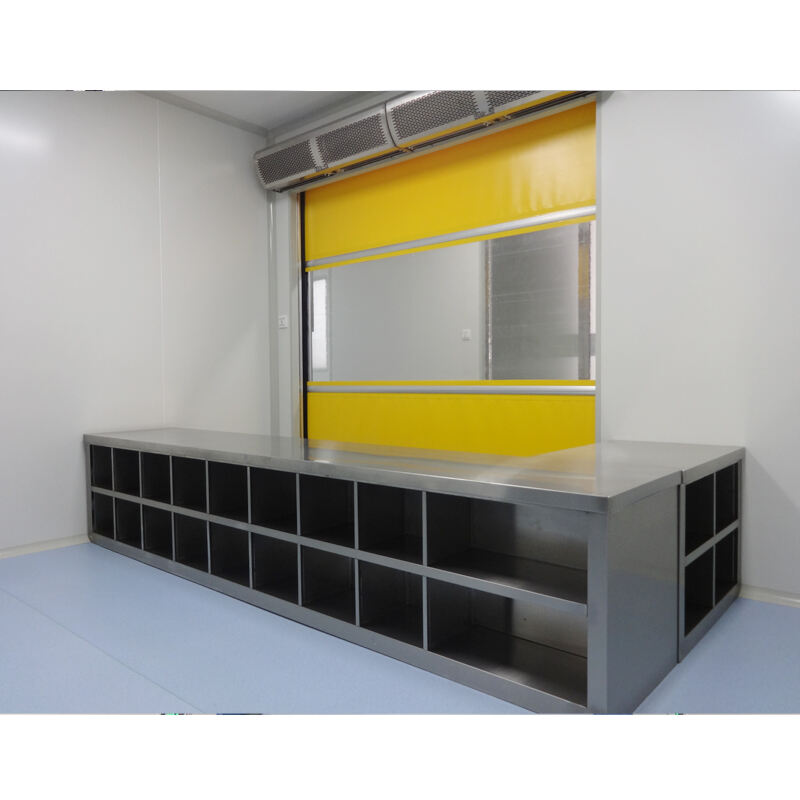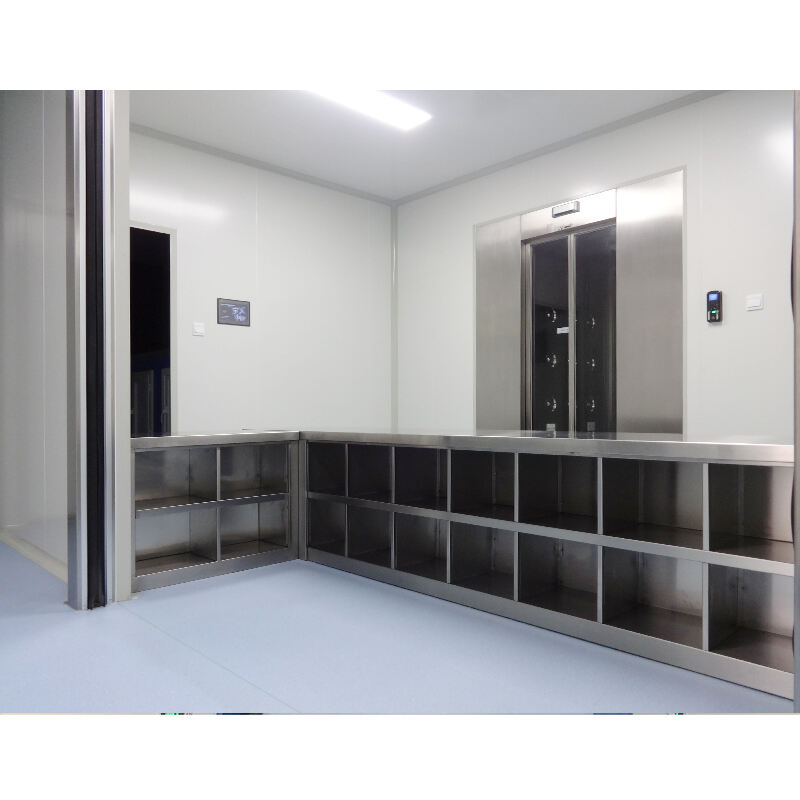the cleanroom
A cleanroom is a controlled environment that maintains extremely low levels of particulates, such as dust, airborne organisms, and vaporized particles. This sophisticated facility is designed to meet stringent cleanliness standards through advanced air filtration systems, precise temperature and humidity control, and specialized construction materials. Cleanrooms are classified according to the number and size of particles permitted per volume of air, with classifications ranging from ISO 1 (most stringent) to ISO 9 (least stringent). The facility utilizes High-Efficiency Particulate Air (HEPA) filters that remove 99.97% of particles measuring 0.3 micrometers or larger. Positive air pressure prevents contamination from entering when doors are opened, while specialized airflow patterns ensure particles are continuously removed. These controlled environments are essential in various industries, including semiconductor manufacturing, pharmaceutical production, biotechnology research, and aerospace component assembly. The cleanroom's design incorporates antistatic flooring, specialized lighting systems, and carefully selected construction materials that don't generate particles. Personnel entering must follow strict protocols, wearing appropriate cleanroom garments and following specific entry and exit procedures to maintain the environment's integrity.


